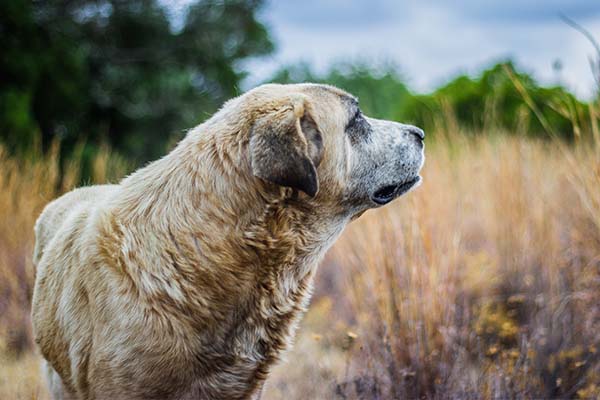The Rafeiro do Alentejo makes a great guard dog for farms and estates. He is also a very effective livestock protector, being especially watchful at night and taking his responsibility to safeguard any territory or other property seriously. His demeanor exudes confidence and serenity.
Although this function has increasingly vanished over time, Rafeiros Alentejanos have been used in packs as big game hunters from the breed’s inception. The breed is now more commonly used as a sheep and cattle guard dog for property and livestock. In prairies, they frequently operate alone and will protect the herd from invaders. The Rafeiro do Alentejo is a large-sized, strong, rural, sober, and quiet dog that is native to Portugal. He moves slowly and heavily. His thick, straight, dense coat is short to medium in length. They can be white with patches of black, wolf grey, or fawn, with or without brindling, and always with white markings.






 Health
Health Grooming
Grooming Exercise
Exercise Training
Training Nutrition
Nutrition